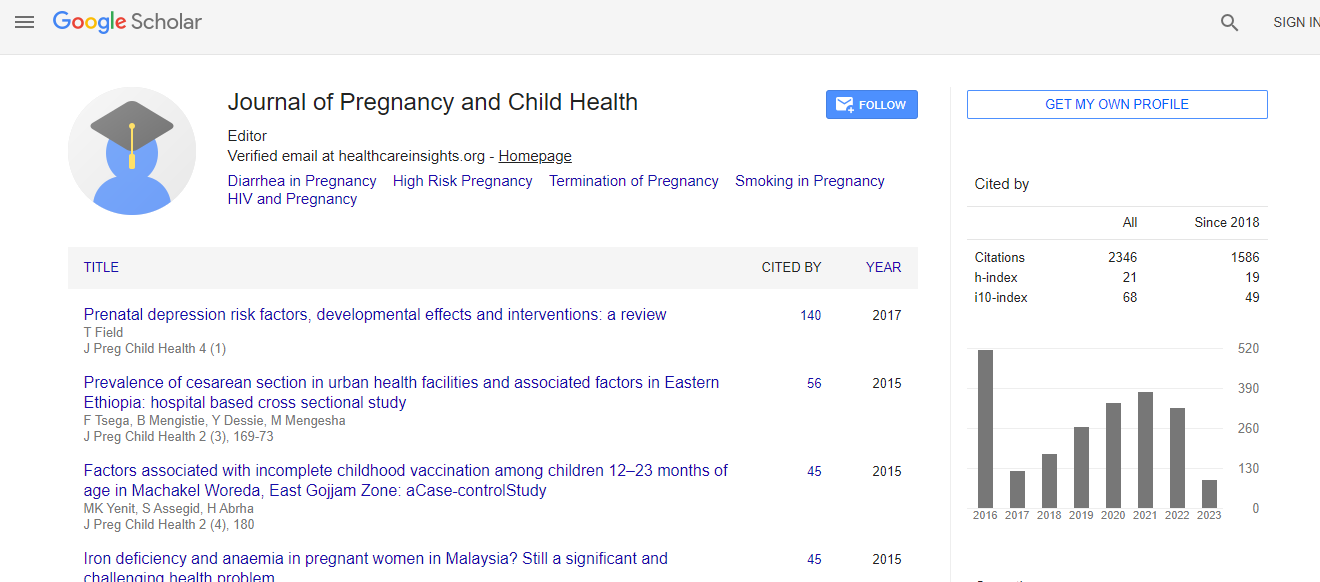Research Article
Cross-sectional Survey of Goiter Prevalence and Household Salt Iodization Levels in Assosa Town, Beni Shangul-Gumuz Region, West Ethiopia
| Tesfaye W Gebriel1, Sahilu Assegid2* and Henok Assefa2 | |
| 1Beni Shangul-Gumuz Regional Health Bureau, Assosa, Ethiopia | |
| 2Jimma University, Ethiopia | |
| Corresponding Author : | Sahilu Assegid Assistant Professor of Epidemiology Jimma University, Ethiopia Tel: 251471111458 E-mail: sahiluassegid@yahoo.com |
| Received June 24, 2014; Accepted October 09, 2014; Published October 16, 2014 | |
| Citation: Gebriel TW, Assegid S, Assefa H (2014) Cross-sectional Survey of Goiter Prevalence and Household Salt Iodization Levels in Assosa Town, Beni Shangul-Gumuz Region, West Ethiopia. J Preg Child Health 1:119. doi: 10.4172/2376-127X.1000119 | |
| Copyright: © 2014 Gebriel TW, et al. This is an open-access article distributed under the terms of the Creative Commons Attribution License, which permits unrestricted use, distribution, and reproduction in any medium, provided the original author and source are credited. | |
Abstract
Background: Interruption of iodization of salt is reported to accelerate thyroid dysfunction in goiter endemic areas
Objective: To determine household goiter prevalence among children aged 6-12 years, together with salt iodization levels.
Methods: A cross sectional household (HH) survey was conducted in Assosa town, Beni Shangul Gumuz region, west Ethiopia, from May 10- May 20/2012 G.C. A total of 395 HH, in which children aged 6-12 years resided were sampled. The HH were selected from a list of all house numbers in the town by using simple random sampling technique. The data was collected using standard questionnaire and data collection format. At each selected HH, interview of mothers/care givers was conducted, thyroid enlargement was ascertained by palpation and thyroid size was graded according to the joint criteria of WHO/UNICEF/ ICCIDD, and salt iodization level was qualitatively determined by the use of rapid test kit (RTK) which was then compared against the national standard that states salt iodine content of at least 15 part per million (PPM) be considered as adequately iodized and that below 15 PPM as inadequately iodized.
Result: A total of 395 children were included in the study, of which 205(52.2%) were males. The mean age and standard deviation (SD) of the children was 8.86+2.01years. The overall prevalence of goiter was 104(26.3%). The prevalence of HH with adequately iodized salt, inadequately iodized salt, and non-iodized salt were 103(26.1%), 219(55.4%) and 73(18.5.0%) respectively. During data analysis, 37(35.9%) of HH with non-iodized salt samples had also child having goiter, 50(22.8%) of HH with salt iodine <15PPM also contained child having goiter, and 7(9.6%) of HH having >15 PPM salt iodine also had child having goiter.
Conclusions: In Assosa town, the prevalence of goiter was high. The prevalence of HH with non-iodized salt was high. Majority of children having goiter were living in HH having inadequately iodized salt- during the study period.

 Spanish
Spanish  Chinese
Chinese  Russian
Russian  German
German  French
French  Japanese
Japanese  Portuguese
Portuguese  Hindi
Hindi 
